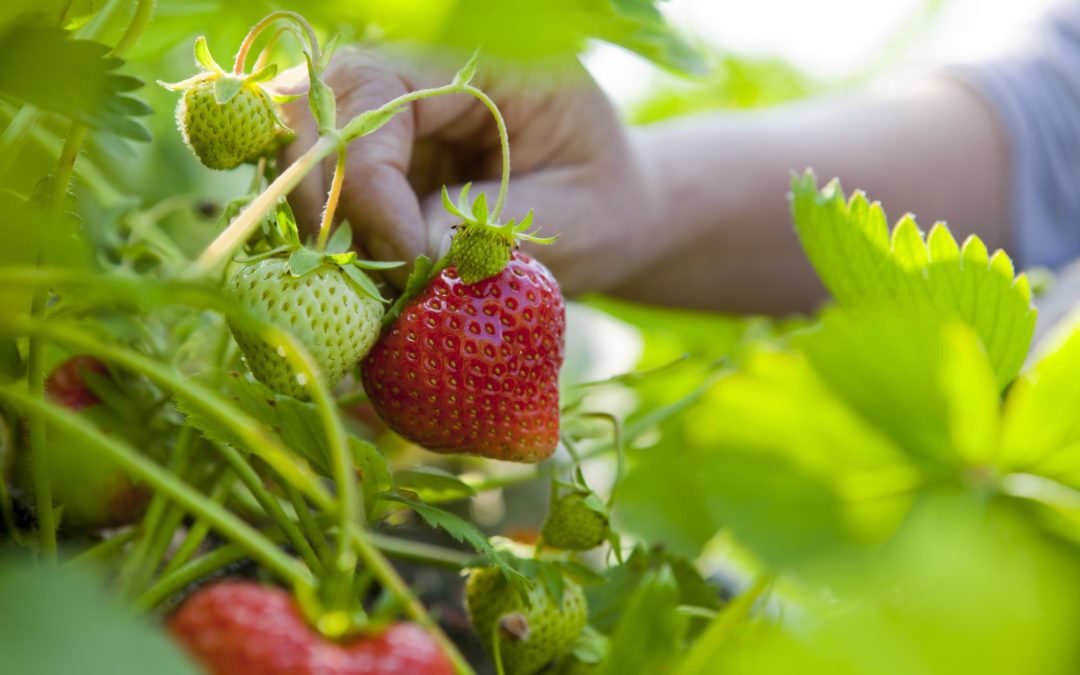Have you had the experience where a friend (or child) comes to you in a panic with a problem and asks for your help and immediately jumps to the end of the story? Our typical response is “Wait, let’s start at the beginning” because we require the details of what happened to understand what is causing the problem before we can help them solve it.
The problem of shrink or waste in the fresh food supply chain is similar. You need to start at the beginning of the supply chain to understand when and where the cause of shrink – when food runs out of shelf-life and must be discarded – begins. It turns out that, only when you have the complete story can you understand the problem and find a way to fix it.
Unfortunately, many people want to start at the end of the supply chain and work backwards. I was at a conference last week and when one of the speakers was asked about waste, she said her company was going to start with their receiving department and then work backwards, incorrectly assuming the problem occurred after they received the products from their suppliers.
So, let’s start at the beginning, when produce is harvested, as that’s where the cause of shrink begins. The freshness of produce is determined by a combination of the product, harvest conditions, and time and temperature. The amount of time the product spends at a given temperature has significant impact on the shelf-life of a product and the impact varies at the pallet level. Even two pallets harvested in the same field on the same day can have dramatically different remaining shelf-lives. Zest Labs recently conducted a baseline analysis of freshly harvested strawberries to determine their “freshness capacity” – the maximum shelf-life of the berries in ideal conditions. Zest Labs determined the strawberries’ optimum freshness capacity was 14 days. Using our Zest Fresh™ solution, we then found that the delivered strawberries from that producer had shelf-life variability by as much as 12 days! That representing 86 percent of the fruit’s total freshness capacity.
The next step to monitor in the supply chain is cut-to-cool (CTC) time and processing. The Zest Labs analysis found that, for strawberries harvested during a two-month period last summer, the sampled pallets experienced very different CTC times and were exposed to high temperatures for long periods of time before reaching the packing house, which also leads to high variability on remaining shelf-life. Key findings include:
- Growers typically have a target maximum cut-to-cool time of 2 hours. The data showed 50.1% of the pallets had cut-to-cool times greater than 2 hours with some as high as 7 hours.
- The temperatures experienced by the pallets with cut-to-cool times greater than 2 hours ranged from 58.4°F to as much as 96.8°F.
Another place where variability impacts shelf-life is in transit from the packing house to the distribution center. Most companies use a trailer-level monitor to ensure that the carrier has the cooler on throughout the trip to confirm cold chain integrity. Unfortunately, trailer-level monitors are inadequate because temperatures (and their impact on shelf-life) vary at the pallet-level, even while in the trailer. A Zest Labs analysis of blackberries coming from Mexico on a five-day trip showed significant pallet-level variation. While the trailer’s temperature was generally within desired temperature range, five of the 26 pallets experienced significant temperature variation – one of them saw up to 9.5 days impact on the shelf life.
You get the point.
If you try to manage shelf-life and shrink at the point where pallets are received at the distribution center, it’s too late to do anything about the remaining freshness of the product. You need to start at the beginning. By using a shelf-life management solution, like Zest Fresh, you can monitor and manage each pallet of product from the time it is harvested through to delivery and make intelligent decisions to ensure delivered freshness all along the way.
To get additional details and view a chart of pallet-level variation in-transit, please read our new white paper.


